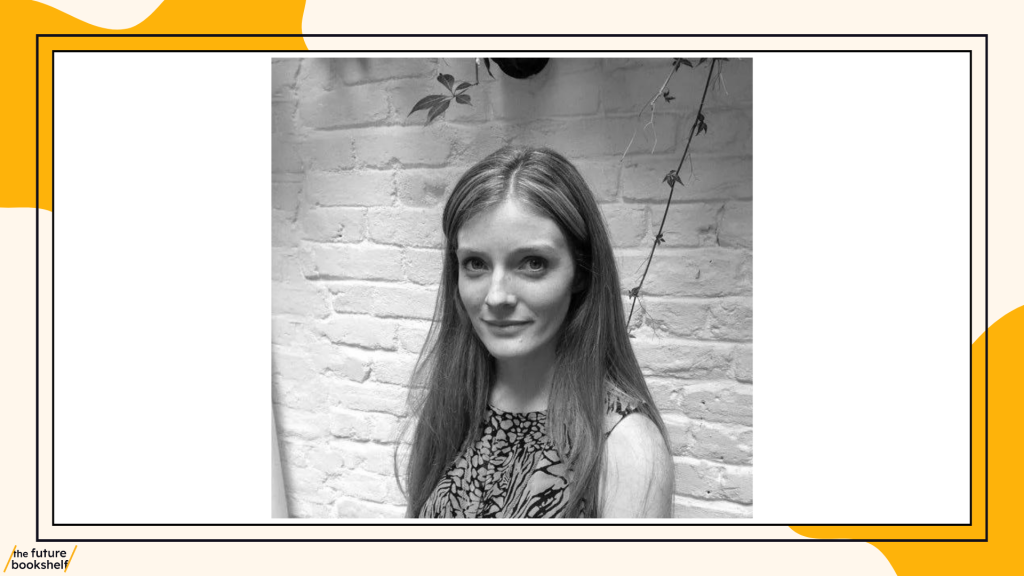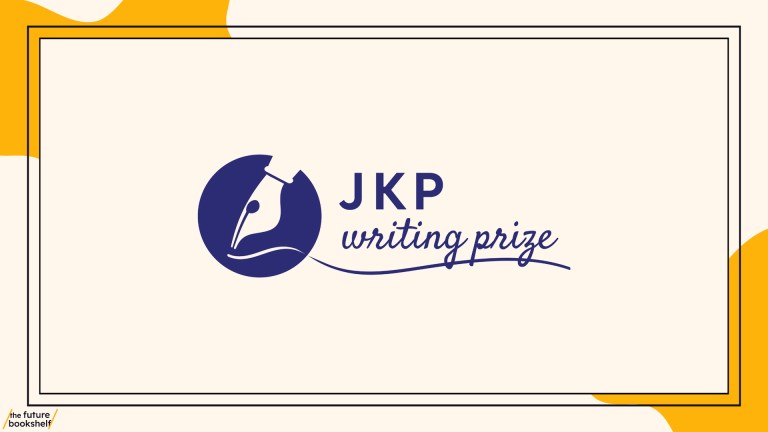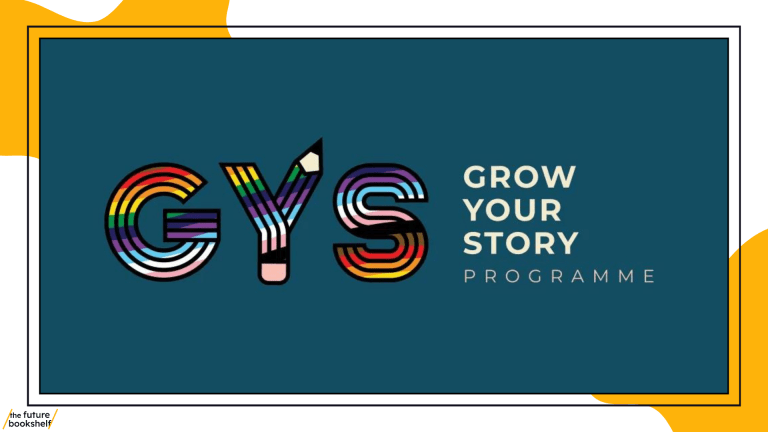‘Setting is the silent partner in the storytelling agreement’

‘Setting is the silent partner in the storytelling agreement’
There is a story about a mouse who takes a stroll in a deep, dark wood. This is no ordinary mouse, and these are no ordinary woods. Together they enable the reader to encounter a fox, an owl, a snake, until we finally meet the Gruffalo.
But what would have happened if that little mouse had decided to take a stroll down a supermarket aisle? Across a dirty pebbled beach? If we pluck the mouse up by its tiny pink tail and drop it into a different setting, what story would Julia Donaldson have created then?
The concept of ‘setting’ is fascinating. If we picture the protagonist in a story, then perhaps the setting is its shadow. Or to put a horribly clichéd spin on it, the setting is the wind beneath the character’s wings. And what happens when there is no wind? No flying.
For me, setting is the silent partner in the storytelling agreement; the story is controlled by the character, but it is made rich by the setting. To show you what I mean, an interesting game is to walk into a room and ask: what do I see? Then imagine a best friend or partner walking into this room, what would they see? And now walk your character in, what do they see?
Every one of us will react differently to a setting – it all depends on our own personalities, likes, needs, dislikes. What we notice can vary so widely and this is when you can use sensory details to make a scene feel real. Interact with your character in this virtual world. Ask questions of them. It isn’t a case of telling the reader what to watch, instead it’s immersing them so they are living your world with you, tiny detail by tiny detail.
It’s too easy to overlook setting because we’re told it is the character that speaks to the writer. But setting and character are so closely woven together. A setting may not have any dialogue, but it absolutely has a voice. It enables you to give a backdrop to everything and not just visually, but through thought, taste, feel, sound – and how exciting is that? It is the unsung hero of storytelling that makes thrillers terrifying, love stories glow and the impossible true.





